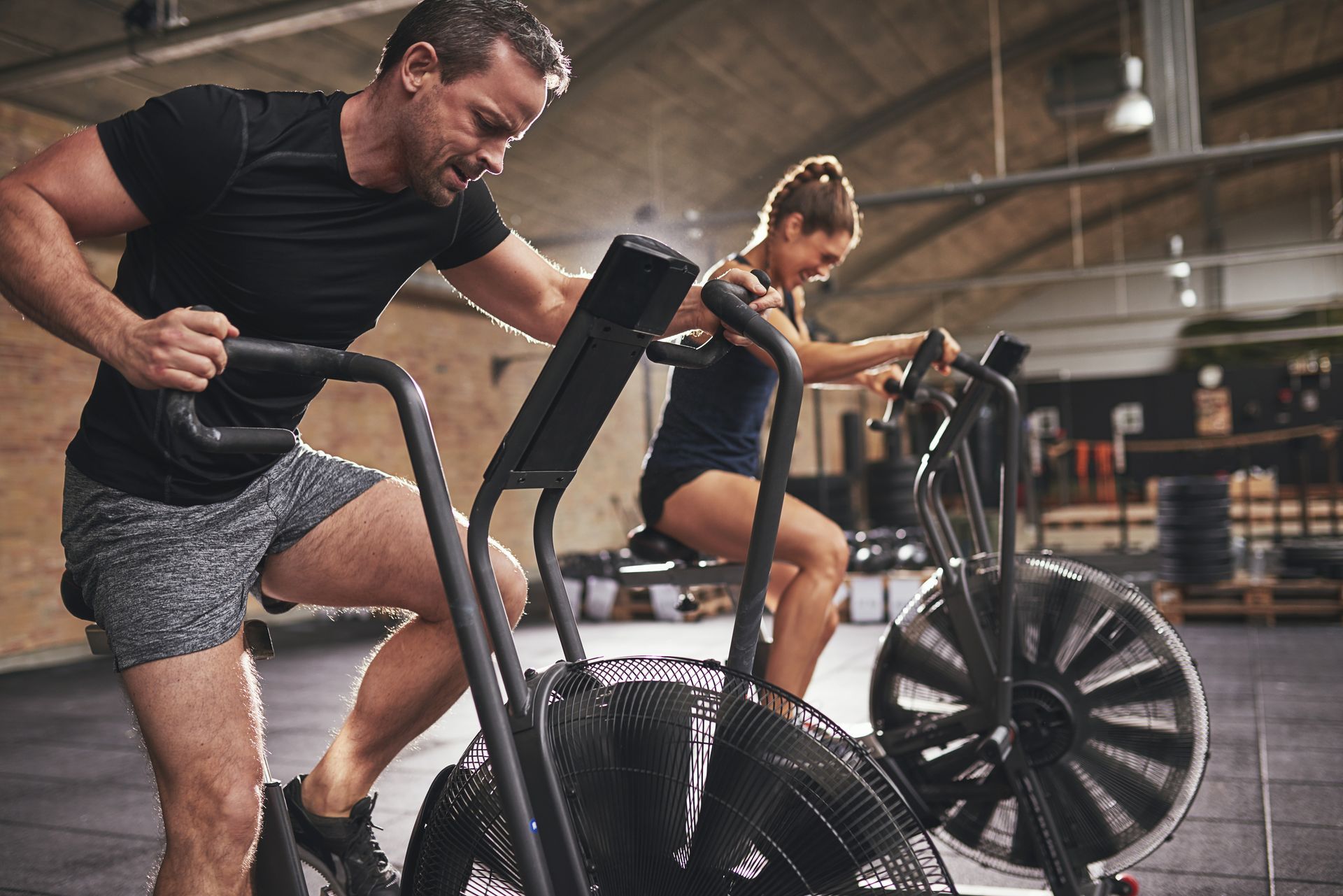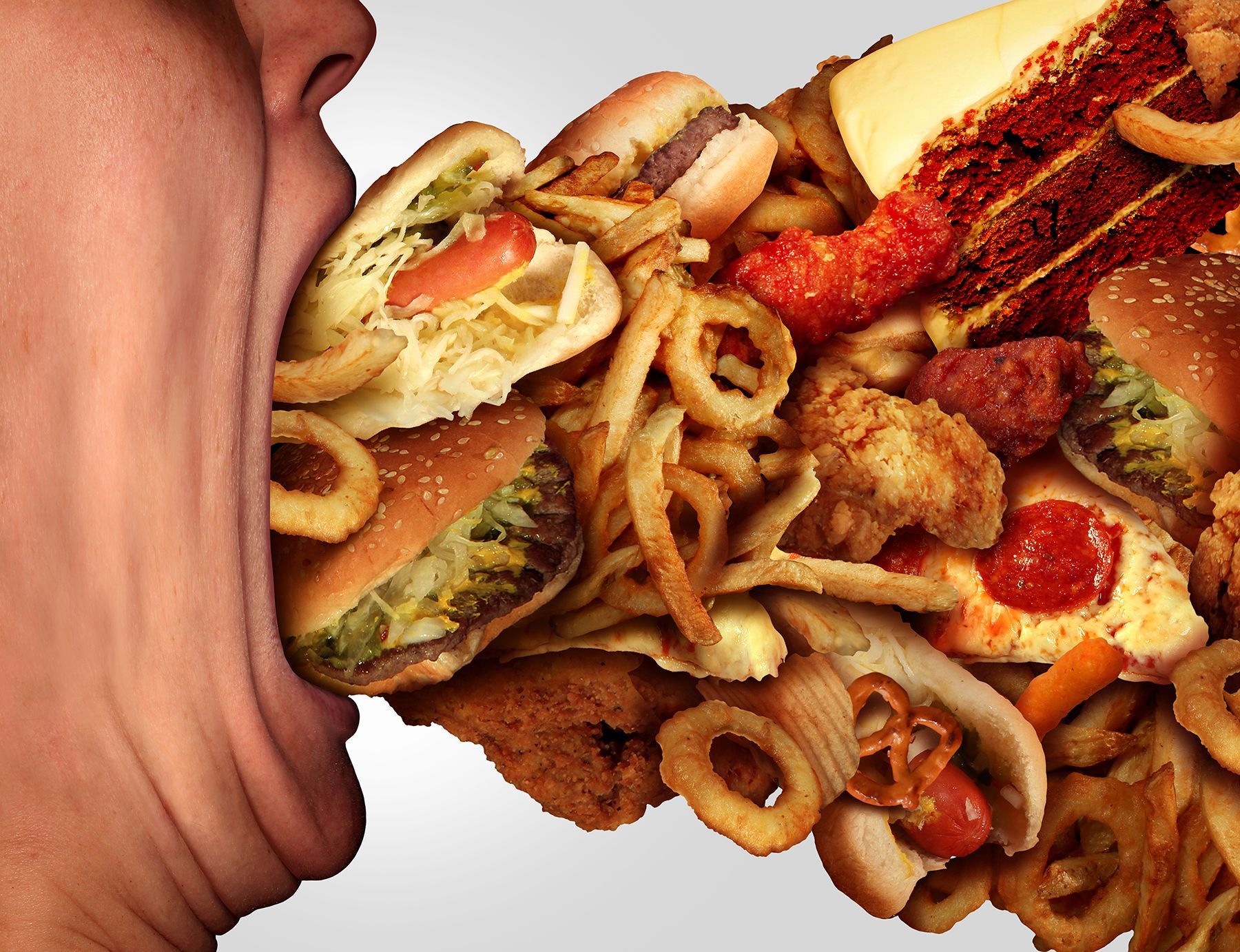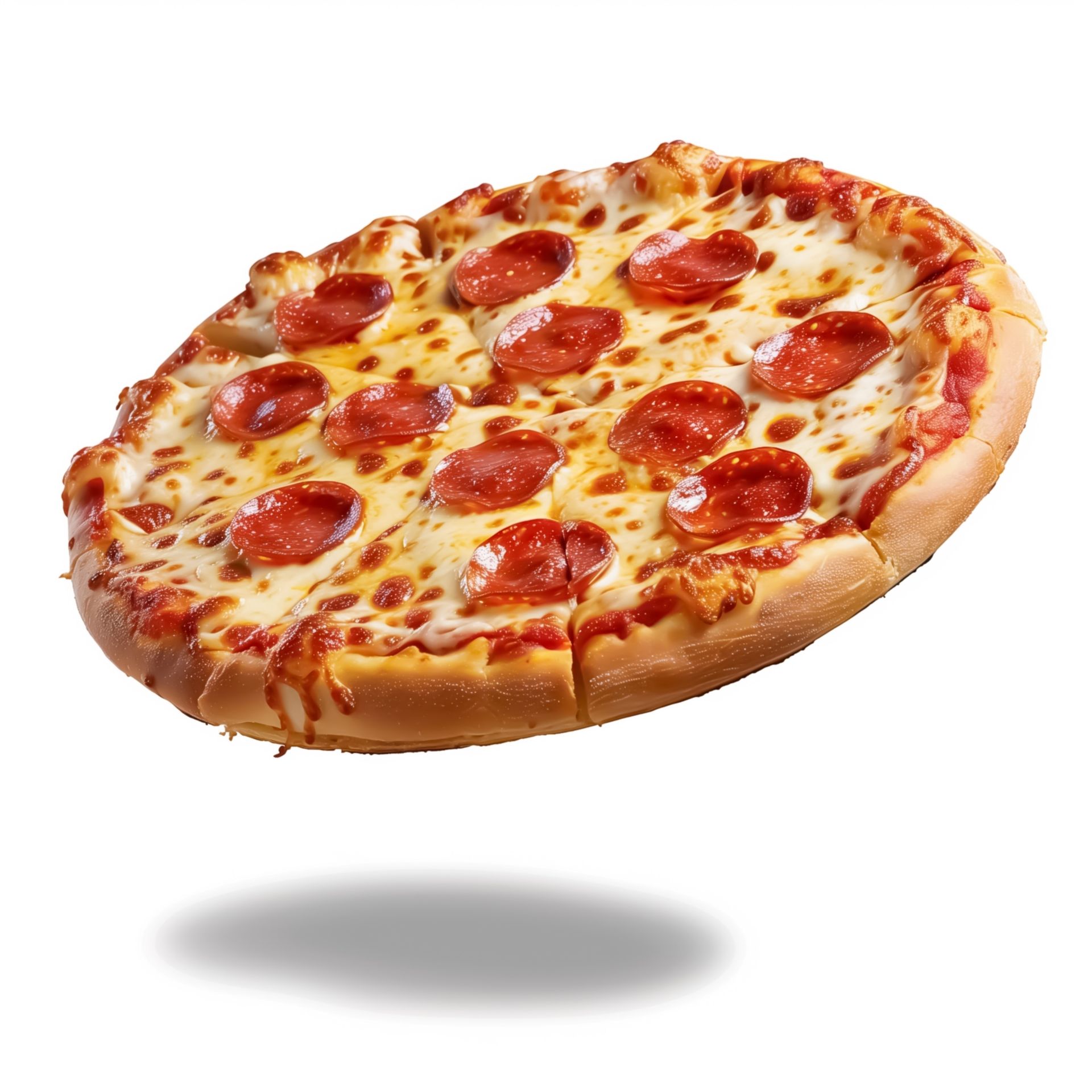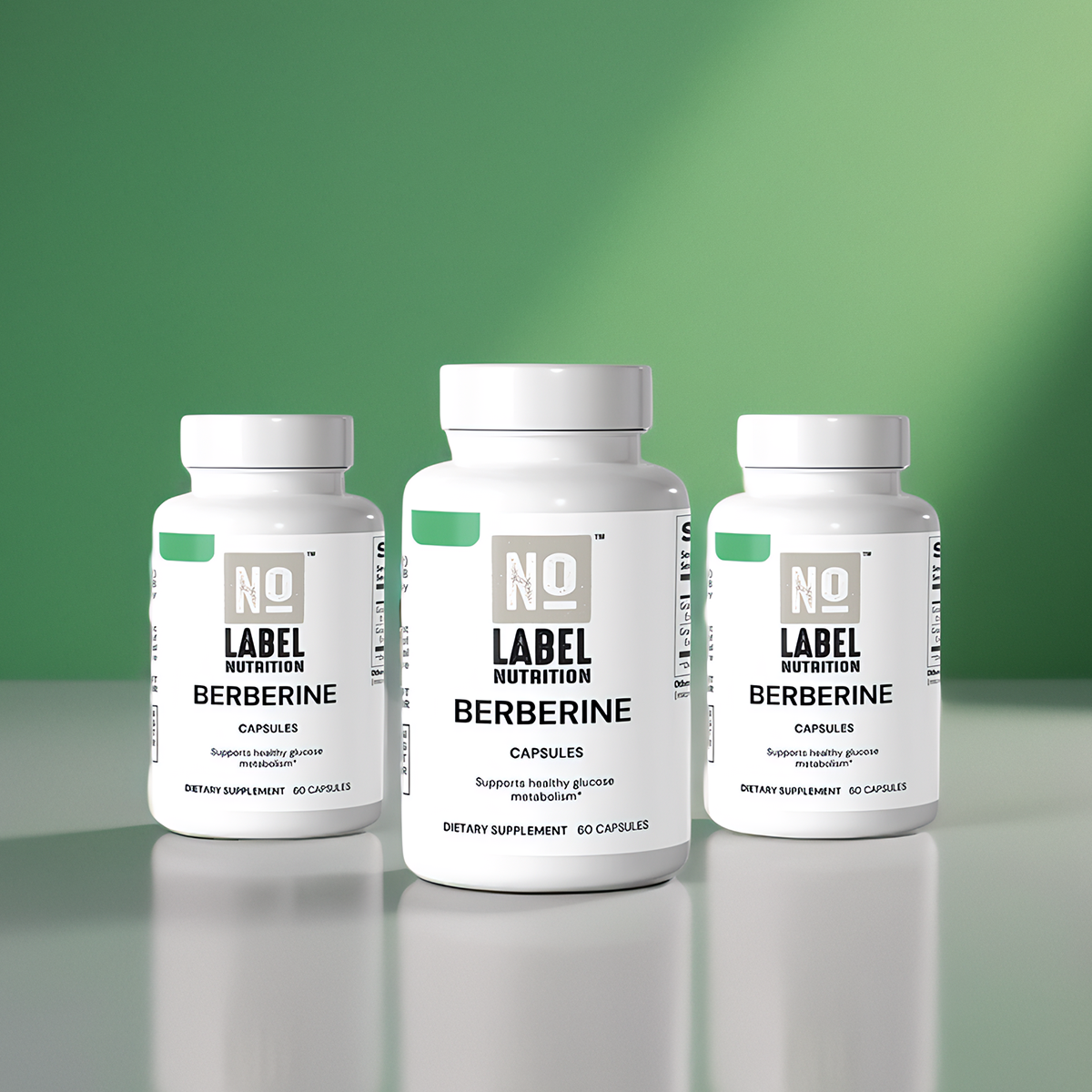Why Cardio Is Not Very Effective For Fat Loss | Kansas City Laser-Like Lipo®
Why Cardio Is Not Very Effective For Fat Loss

Photo Credit: Shutterstock
Why Cardio is Not Very Effective for Fat Loss
At Kansas City Laser-Like Lipo®, we get asked a lot by new patients if they should increase their cardio in order to lose weight faster. When it comes to fat loss, many people turn to traditional cardio exercises such as running, cycling, or using the elliptical machine. While cardio can certainly have cardiovascular benefits, it may not be the most effective way to lose fat. In fact, research has shown that increasing lean muscle mass through resistance training may be more effective for fat loss than traditional cardio exercises. In this blog post, we will explore why cardio is not very effective for fat loss and what alternatives you can explore to achieve your desired results.
The Myth of the "Fat-Burning Zone
One of the main reasons people turn to cardio for fat loss is the "fat-burning zone" myth. The idea is that if you exercise at a low intensity, your body will primarily burn fat for fuel. However, the reality is that while you may be burning more fat as fuel during low-intensity cardio, you are not burning a significantly higher number of calories overall. This means you may not be burning enough calories to create a significant calorie deficit that leads to fat loss. In fact, you may actually be burning more calories through higher intensity exercises such as resistance training.
The Importance of Resistance Training
Resistance training, also known as weight training or strength training, is a type of exercise that uses resistance to build strength and endurance. This includes exercises such as weightlifting, bodyweight exercises, resistance band workouts, and more. Resistance training helps to build lean muscle mass, which in turn increases your resting metabolic rate. This means that you will be burning more calories even when you are not exercising. In addition, building lean muscle mass can help improve insulin sensitivity, which can lead to better blood sugar control and a reduced risk of metabolic diseases such as type 2 diabetes.
The Role of Nutrition in Fat Loss
While exercise is certainly important for fat loss, it cannot overcome a poor diet. In fact, research has shown that nutrition is the most important factor when it comes to fat loss. If you are consuming more calories than you are burning, you will not be able to lose fat. You need to create a calorie deficit through a combination of exercise and nutrition in order to achieve your desired results. This means focusing on nutrient-dense whole foods such as lean protein, fruits and vegetables, and healthy fats while limiting processed foods, sugary beverages, and calorie-dense snacks.
The Benefits of High-Intensity Interval Training
While traditional steady-state cardio may not be very effective for fat loss, high-intensity interval training (HIIT) can be an excellent alternative. HIIT involves short bursts of high-intensity exercise followed by periods of rest or low-intensity exercise. This type of exercise has been shown to be more effective for fat loss than steady-state cardio, as it creates a greater calorie burn and helps to build lean muscle mass while improving cardiovascular health. Examples of HIIT exercises include sprints, jump squats, and burpees.
The Importance of Rest and Recovery
Finally, it is important to note that rest and recovery play a critical role in fat loss. When you exercise, you are breaking down muscle fibers, which then need to be repaired and rebuilt stronger than before through a process known as muscle protein synthesis. This process requires rest and recovery, which means you should not be exercising the same muscle group every day. It is also important to get enough sleep and to manage stress, as these factors can impact your body's ability to recover and rebuild.
Conclusion
At Kansas City Laser-Like Lipo®, while we know that cardio exercises can have cardiovascular benefits, they may not be the most effective way to lose fat. Instead, resistance training, high-intensity interval training, and proper nutrition should be the focus for achieving fat loss goals. By building lean muscle mass and creating a calorie deficit through exercise and nutrition, you can achieve the results you desire. Remember to also prioritize rest and recovery, as these factors are important for overall health and well-being.











Share On: